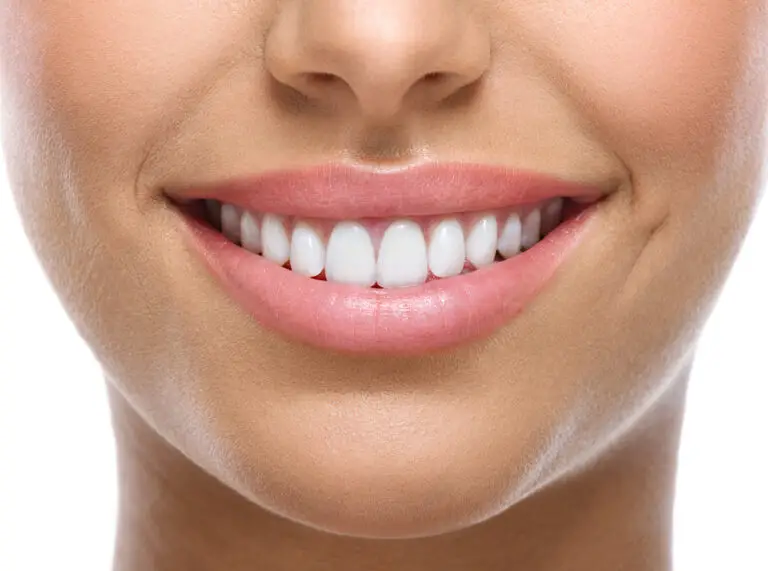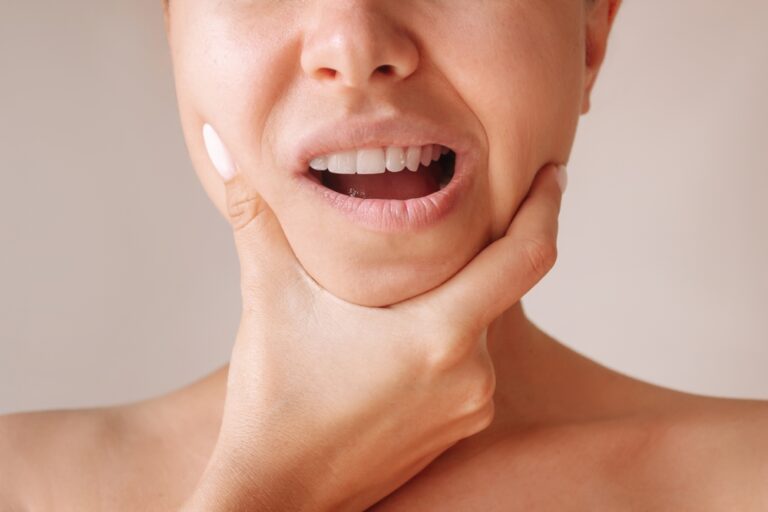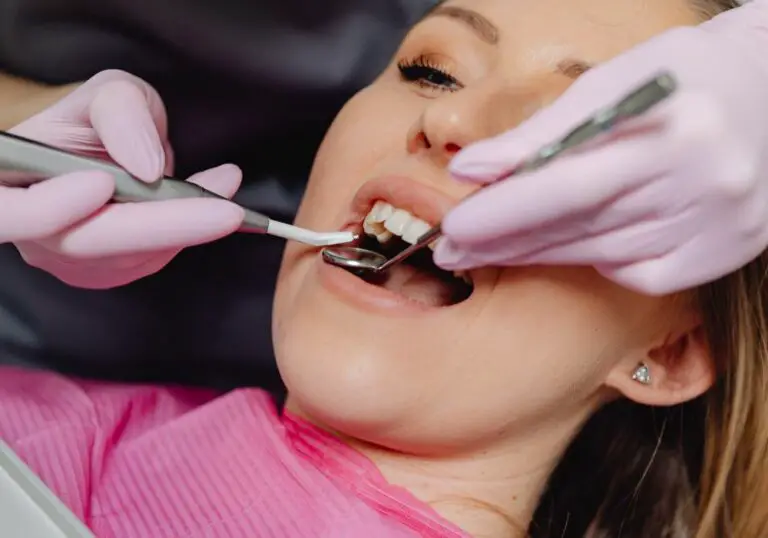Having a beautiful, healthy smile with straight, properly aligned teeth provides far more than just an attractive appearance. Well-positioned teeth are easier to clean thoroughly, reducing the risk of cavities and gum disease. They also promote proper chewing and speech. Alternatively, crooked, crowded, gapped or twisted teeth can lead to a variety of oral health issues and other problems.
While orthodontic treatments like braces or Invisalign offer the fastest and most effective way to correctly align teeth, there are also some natural techniques that may help improve mild to moderate alignment problems if you have concerns about undergoing intensive orthodontic treatment.
The Importance of Proper Dental Alignment
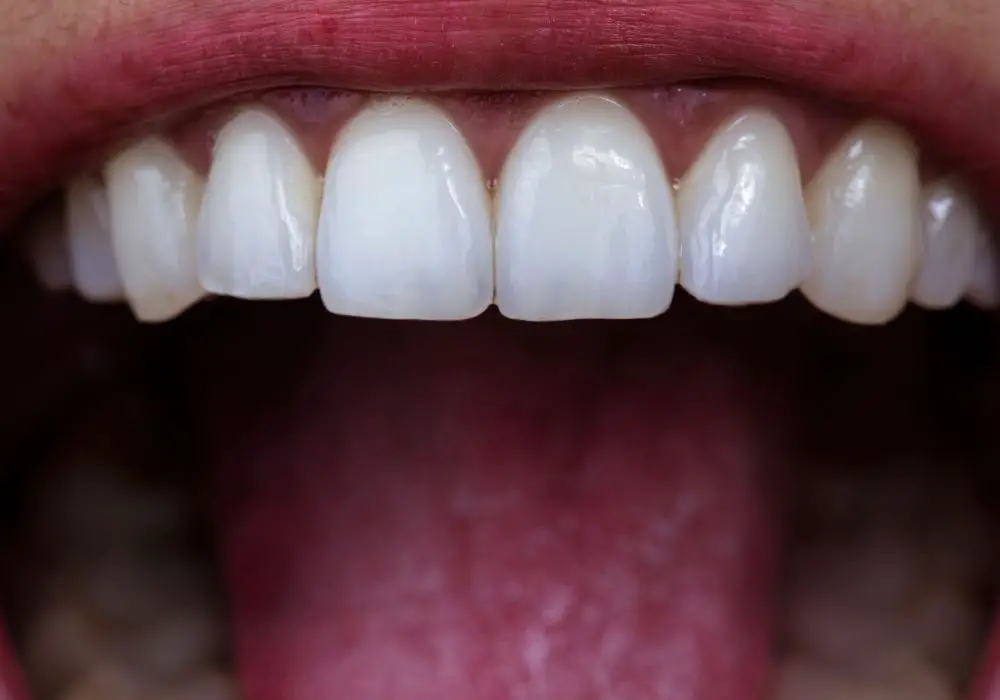
Before discussing natural alignment methods, it helps to understand the importance of having properly positioned teeth and reasons you may want to improve your tooth alignment.
- Prevent cavities and tooth decay – Crooked, crowded teeth are harder to clean effectively, allowing more food particles and plaque to accumulate in hard-to-reach spots. This significantly raises cavity risk.
- Reduce gum disease – Spaces between misaligned teeth can trap debris, leading to gingivitis. Aligned teeth have tighter spaces between them.
- Improve chewing – Straight teeth with proper occlusion (bite) promote effective chewing. Food is properly broken down during mastication.
- Support facial structure – Teeth provide crucial support for muscles, bones and soft tissues of the face. Properly aligned teeth help maintain this needed structural support.
- Lessen jaw pain – Misaligned teeth or bite problems often cause TMJ disorders and other uncomfortable jaw issues.
- Prevent tooth damage – Crowded, crooked teeth are at higher risk of fracture and abnormal wear.
- Aid speech development – Aligning teeth helps guide proper tongue positioning for clear speech. This is especially important for children.
- Boost self-confidence– A beautiful smile can give you greater self-assurance and improve psychological wellbeing.
If you have any of the above concerns, improving your natural teeth alignment could provide worthwhile benefits. Now let’s explore conservative techniques to consider.
Diet and Nutrition for Optimal Oral Health
Proper nutrition provides the nutrients needed for strong jawbone and tooth development in children. It also helps maintain bone density and tooth integrity in adults. Here are some key nutrients to focus on for improved dental alignment.
- Calcium – Needed for building and maintaining bone structure. Also strengthens enamel. Found in dairy, green leafy vegetables, nuts and fortified foods.
- Phosphorus – Works with calcium to mineralize bones and teeth. Found in protein foods like poultry, fish, eggs, meat and dairy.
- Vitamin D – Allows the body to effectively absorb calcium. Main sources are sunlight, fatty fish and fortified dairy.
- Vitamin C – Essential for collagen production and connective tissue health. Abundant in citrus fruits, peppers, broccoli and strawberries.
- Vitamin K – Supports bone mineralization. Leafy greens are the primary dietary source.
For adults, aim for 1000-1200 mg of calcium and 600 IU of vitamin D daily. Children and teens require higher amounts. A multivitamin can help ensure adequate nutrient intake to promote dental health.
Jaw Strengthening Exercises
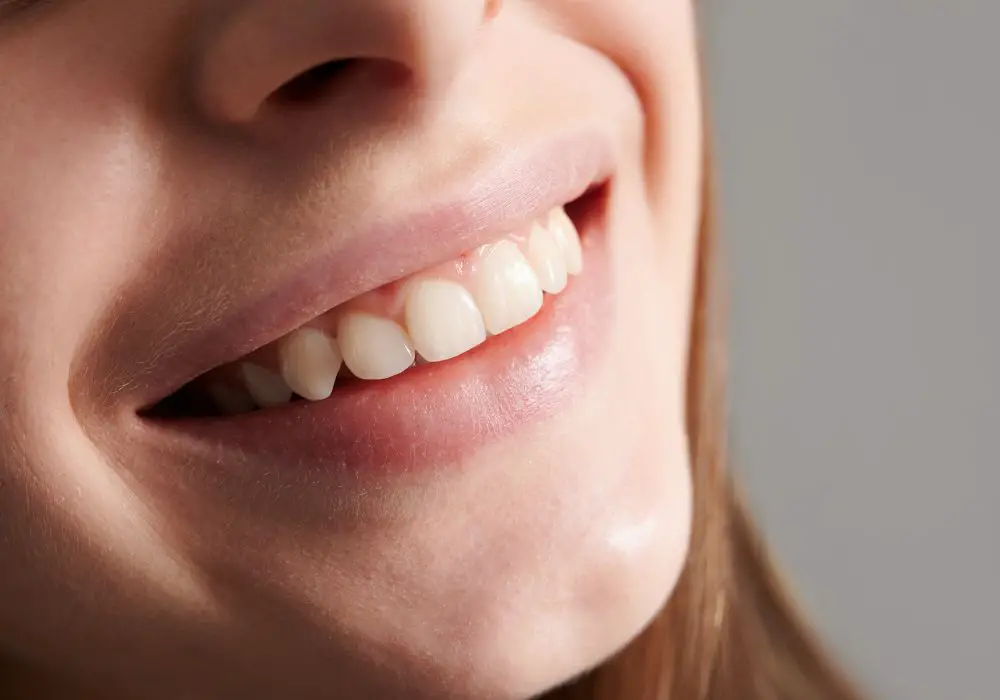
Just as exercise builds stronger muscles and bones in the body, exercising the jaw muscles can strengthen the bite and promote proper dental positioning. Chewing strengthens the temporomandibular joint and surrounding ligaments that influence alignment.
- Chew gum – Chew sugarless gum for 10-20 minutes, 2-3 times per day. Focus on chewing with the back teeth. Xylitol gum helps prevent cavities.
- Chew tough foods – Snack on raw vegetables, seeds, nuts or dried fruit. Carrots and celery are good options.
- Chew on rubber tubing – Orthodontic rubber tubing provides resistance when chewed. Ask your dentist for some samples.
- Do facial muscle exercises – Pucker lips, smile wide, raise eyebrows and open/close the jaw to work various facial and jaw muscles.
- Gently press jaw – Use hand to apply light resistance as you slowly open and close your jaw to strengthen masseter muscles.
Jaw strengthening should be done daily alongside good oral posture habits for best results. It helps guide proper tooth positioning.
Establishing Proper Oral Posture
The tongue’s position plays an important role in dental alignment. Keeping proper oral posture aligns teeth more naturally over time as pressure is applied from the tongue on the palate and surrounding teeth.
Correct tongue positioning
- Keep teeth slightly apart
- Tip of tongue presses on ridge behind front teeth
- Remainder of tongue suctioned upward on palate
- Practice frequently throughout day, especially when swallowing
Other oral posture tips
- Train lips to rest together without strain
- Maintain proper head and neck posture
- Keep molars slightly apart
- Sleep on back instead of stomach
Be diligent and patient with oral posture habits. It takes time for pressure from the tongue to impact alignment. But it is an easy, no-cost way to help teeth position naturally.
Stop Harmful Oral Habits
Oral habits like sucking thumbs or fingers, tongue thrusting, and nail biting can all negatively influence dental alignment over time. It is best to stop these habits as early as possible.
End thumb sucking
- Use reminder stickers and positive reinforcement
- Apply bitter polish to thumb to deter sucking
- Consider orthodontic thumb crib appliance
- Praise child for meeting goals and time without sucking
Correct tongue thrusting
- Place suction button on tongue tip when swallowing
- Use biofeedback device to train proper tongue position
- Do oral muscle exercises like puckering lips
Stop nail biting
- Identify trigger situations and substitutions for biting
- Keep nails trimmed short
- Try bitter no-bite polish
- Use reminder wristband
Meeting with a dentist, orthodontist or speech therapist may help develop a tailored plan to stop alignment-impairing oral habits.
Dental Appliances for Minor Alignment Issues
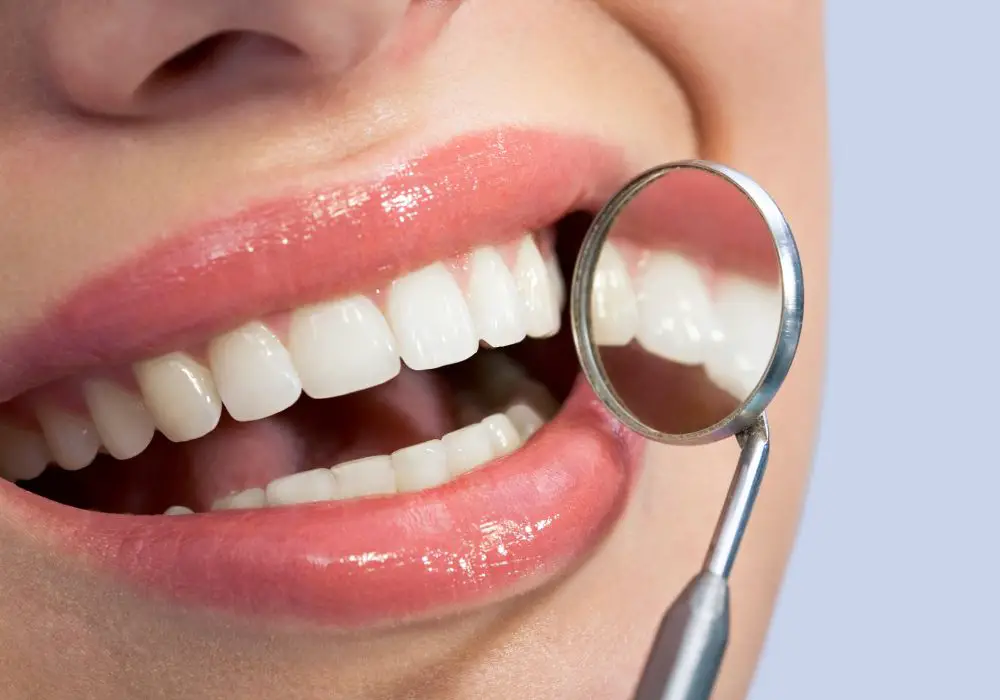
While extensive orthodontic treatment is usually required to fully realign teeth, some minor spacing or crowding problems can potentially be lessened through use of removable dental appliances. These work by applying light pressure to teeth to gradually shift their positions over weeks or months.
Clear plastic aligners
- Custom clear trays are made to fit over your teeth
- Change aligners out weekly/monthly to incrementally move teeth
Tooth positioners
- Custom plastic appliances worn at night to guide teeth into improved positioning
Retainers
- Can provide minor alignment improvements over time
- Often used after braces to set teeth in corrected position
Consult with your dentist or orthodontist first before trying any of these appliances for your situation. More significant alignment problems will likely require braces or Invisalign instead.
Maintaining Proper Oral Hygiene
Practicing excellent oral hygiene and getting regular professional cleanings helps keep teeth and gums healthy. This is essential for maintaining proper alignment results long-term.
- Brush thoroughly twice daily
- Floss at least once daily
- Use antibacterial mouthwash
- Have cleanings every 6 months
- Limit sugary and acidic foods/drinks
Healthy gums provide a strong foundation to keep teeth aligned properly. Be vigilant about caring for your smile.
When to Consider Braces or Invisalign Treatment
While natural alignment techniques can improve some minor dental flaws, more substantial orthodontic issues like severe crowding, crossbites, overbites and underbites usually require intensive orthodontic intervention to fully correct alignment.
Signs you may need braces or clear aligners:
- Severe crowding or crooked teeth
- Overbite or underbite issues
- Crossbite alignment problems
- Gaps between many teeth
- Asymmetrical dental arches
- Jaw alignment problems
Work with your dentist and orthodontist to determine the best treatment plan for your unique orthodontic situation.
In Conclusion
While orthodontic treatment provides the gold standard for improving dental alignment, there are some natural techniques that can potentially help minimize minor flaws. A healthy diet, proper oral posture habits, dental appliances and jaw exercises may gently guide teeth into better positioning over time. However, more significant orthodontic issues often require braces or Invisalign for full correction. Speak to your dentist to determine which solutions are right for your needs and goals. With some diligence, you may be able to enhance your smile alignment naturally.



